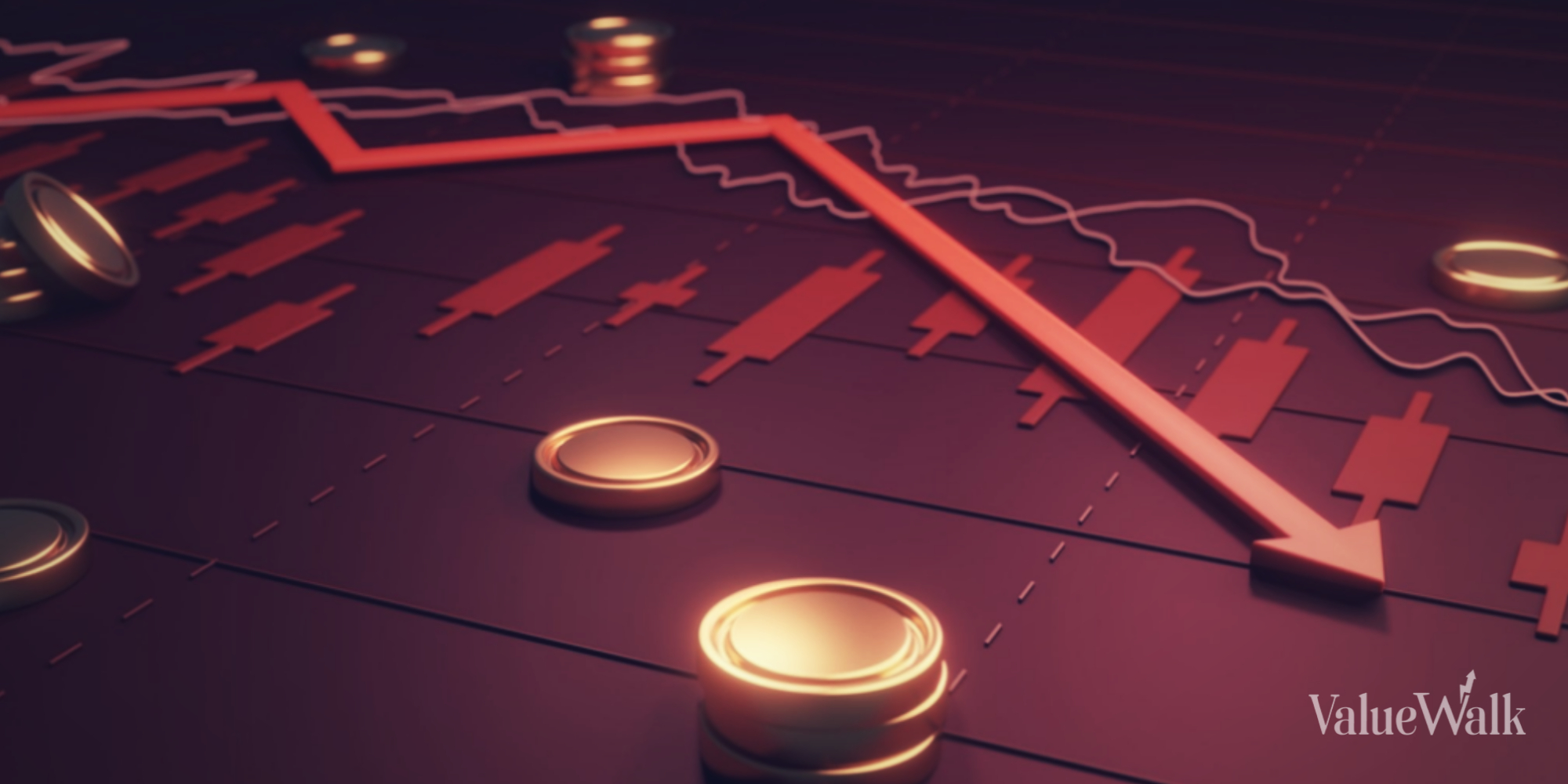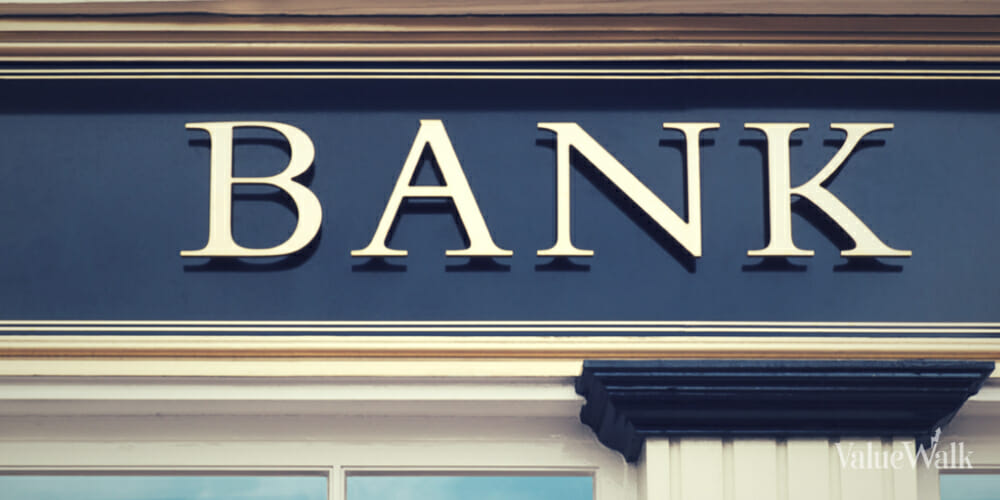Since Apple unveiled the iPhone 6S, analysts have been raving about it and are expecting sales of the phone to be better than those of the iPhone 6 last year. However, one firm says expectations for the iPhone 6S are “unrealistically high” and that demand for the phone appears to not be as strong as it was for the iPhone 6 last year.
The iPhone 6S becomes available on Sept. 25 and currently is up for preorders.
Just anecdotal evidence on iPhone 6S
In a report dated Sept. 16, Pacific Crest Securities analysts Andy Hargreaves and Evan Wingren said they based their view on anecdotal evidence which suggests that demand for the iPhone 6S isn’t as strong as it was for the iPhone 6 last year. In fact, it could be “meaningfully” weaker. They note that Apple management said sales of the iPhone 6S over the first weekend of preorders are on track to set a new record, but they believe this is more about supply than demand.
They looked at a number of different data points to draw their conclusion, including Google Search data, shipment times for the devices, third-party surveys and the lack of comments from mobile carriers.
Evidence for weak demand
Typically when sales of the newest iPhone are going exceedingly well, management provides a rough unit estimate to dazzle investors, but that hasn’t happened so far. The best they have done so far is to describe demand for the iPhone 6S Plus as “exceptionally strong.” Last year over the first weekend, Apple sold 10 million iPhone units.
The Pacific Crest team noted that most iPhone 6S models are still widely available with short shipping times several days after preorders started. This is in contrast to last year, when it was a matter of hours before those shipping times started to extend.
Google Search volume for the keyword “iPhone 6S” is about one-quarter as high as the volume for the “iPhone 6” keyword during last year’s comparable time frame.
Also surveys conducted by third parties this year run counter to last year’s survey, indicating a “significant decline” in plans to upgrade to the iPhone 6S this year.
Upgrade rates could fall with iPhone 6S
Hargreaves and Wingren suggest that survey data from third parties indicate that the iPhone 6 upgrade was much higher than the iPhone 5S upgrade, and they say this appears to be the case with the iPhone 6S cycle as well. They expect this year’s iPhone cycle to normalize at “a level well below what we saw in the 6 cycle,” they wrote.
In fact, they’re looking for this to decline early in this year’s iPhone cycle.
What about the iPhone upgrade program?
Analysts have especially excited about the new iPhone upgrade program Apple also announced at last week’s event. Most agree that it should shorten the amount of time between upgrades and could boost demand for this year’s models. The Pacific Crest team, however, disagrees.
They’re “generally positive” on the program, but they see some big potential problems with it. They believe the financing costs, deflation in the pricing of used iPhones from the increasing supply, and the cannibalization of people who were already buying new phones every year or have already bought AppleCare will mute the benefits other analysts are expecting.
Apple’s long term versus short term
The analysts like Apple in the long term but think the iPhone 6S cycle brings a risk in the near term. They don’t think it’s reasonable to expect growth in iPhone units in the first half of fiscal 2016. As a result, they recommend holding shares with the equivalent of a Neutral rating (Sector Perform) on Apple, but they don’t recommend being meaningfully overweight on the company’s stock.
As of this writing, shares of Apple were down 0.94% at $115.31 per share.
Graphs is courtesy Pacific Crest.






